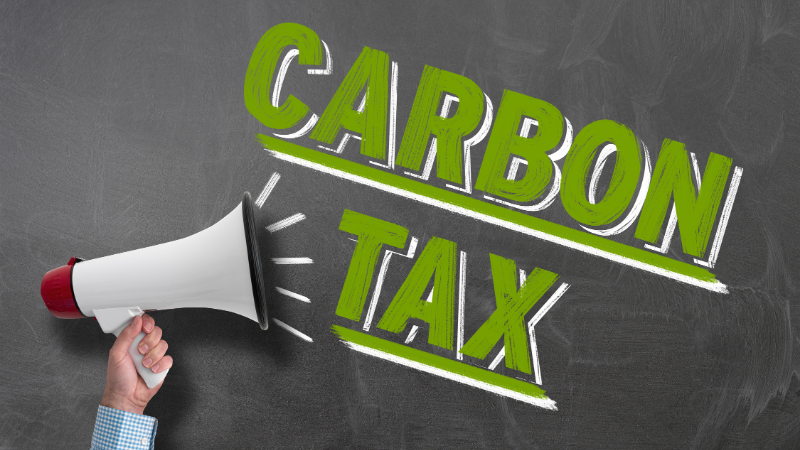Analyzing South Africa’s Net Zero Targets
South Africa’s LTS (Republic of South Africa, 2020) includes a visionary statement stating the country’s desire to adhere to a Net Zero CO2 objective by 2050 (read as “net zero carbon emissions”). In light of this, the National Planning Commission is updating its Low-Emission Development Strategy while simultaneously creating a shared vision for South Africa in 2050.
Details of Emission Coverage
As part of a bold declaration in its LTS (Republic of South Africa, 2020), the country declares its desire to commit to “net zero carbon emissions” by 2050. Achieving the ideal goal of “net-zero greenhouse gas emissions by 2050” is the goal stated in the Just Transition Framework, which the Presidential Climate Commission published in June 2022. However, this term does not necessarily relate to all GHG emissions. Because of this, there is now a great deal of doubt over the target’s emissions coverage.
Comprehensive Planning
The National Planning Commission will oversee South Africa’s plan to create a vision for 2050 (Republic of South Africa, 2020). Although it emphasizes the need to reduce greenhouse gas emissions through various interventions, the Low-Emission Development Strategy does not currently go into deeper depth about these actions.
Challenges Expected
The primary obstacle will be funding; by 2030, investments in renewable energy must alone be over ZAR 310 billion. By 2050, more than ZAR 6 trillion in investments will be required to get South Africa up to net zero. The power industry must invest about half (around ZAR 3 trillion).
By 2030, ZAR 1 trillion will be needed, of which ZAR 310 billion will come from investments in renewable energy alone. Approximately 60% of the total investments required by 2030 are sufficiently developed and bankable to be primarily financed by the private sector. International development finance will be essential to finance “nonbankable” investments (such as social expenses and reskilling costs) and to close the “economic gap” in emerging green industries to draw in more investment.
Summing Up
South Africa’s ambitious aim to achieve net-zero carbon emissions by 2050, as outlined in its Long-Term Strategy and the Just Transition Framework, reflects its commitment to environmental sustainability. However, concerns arise regarding the ambiguity in emission coverage and the nation’s substantial financial challenges. The need for over ZAR 6 trillion in investments by 2050, particularly in the power industry, highlights a critical hurdle.
The success of this endeavour hinges on comprehensive planning, increased private sector involvement, and crucial international development finance. We at DataTracks support South Africa’s journey towards net-zero emissions. To know more about this initiative and innovative solutions to combat climate change and file compliance ESG reporting with CIPC in iXBRL format, visit DataTracks.



